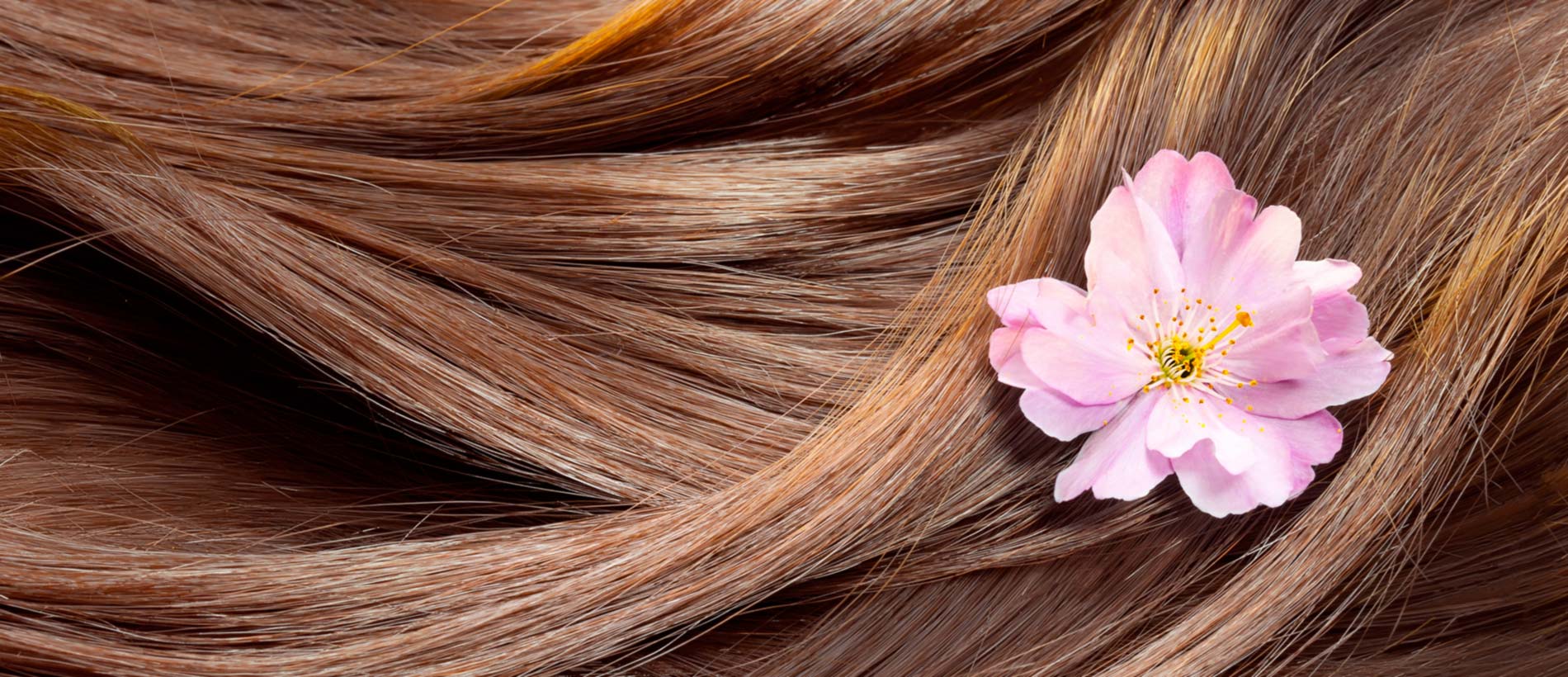Hair Restoration Specialists in Palatine, IL Explain How Long Hair Transplants Last
Hair transplants are designed to be a permanent solution that will last the rest of your lifetime. However, everyone’s scalp is different, and your hair following the procedure is very likely to look different than that of someone else who has received the same treatments. Even so, there are steps that you can take that will encourage a successful transplant, and our hair salon specialists in Palatine, IL are here with a few tips to help you do just that.
Improving your success rate
Because the hair for the transplant will be taken from a donor site on your own head, there is a far greater chance that your scalp will accept the transplant. This will encourage the transplanted follicles to produce and grow along with your natural hairs, while gradually blending, eventually leading to a lifetime of healthy hair. If you suffer from pattern baldness, there is a chance that your genetics could lead to hair loss in the future, but after your hair has successfully taken to the transplant, you can have repeat procedures to treat any additional affected areas.
Shock loss
In the months immediately following your hair restoration treatment, there is a chance that you could experience shock loss as your scalp recovers from the procedure. Typically only temporary, shock loss occurs when the transplanted follicles fall out due to the shock to your scalp. Fortunately, shock loss is very seldom permanent, and this usually only happens in the rare cases when the transplanted follicles have begun to suffer from the same type of loss that is affecting your natural follicles.
Hair shedding
As a result of the effects of the treatment, your natural hair could begin to shed as well. If your hair was already prone to shedding before your procedure, the transplant process may speed up any additional hair loss afterwards. For example, those who suffer from alopecia or a similar type of scalp condition may see the chances of hair loss increase after the procedure is completed. If your hair loss is really pronounced in the time leading up to the treatment, it may be best to delay the transplant to a later time to reduce the likelihood of post-procedure shedding.
Although everyone’s scalp will react differently to the hair transplant process, many of the issues that may occur once the procedure is complete will correct themselves as new hair growth cycles begin. You can also work closely with your hair restoration specialist in Palatine, IL to come up with the best plan when you know in advance that you have a particular condition that may hinder the process.
To work with the best in the business, give us a call at Claude Thomas Salon & Spa, where we have over 40 years of combined experience and are committed to finding the solution that is right for you. Contact us today to schedule your appointment, and get one step closer to a head full of healthy hair. We look forward to working with you soon!
Categorised in: Hair Restoration


